Tottenham High Road Strategy
Connecting people, places and prosperity
How we delivered a five year strategic plan to drive the long term vision for one of London’s key areas of regeneration. Unlocking Tottenham’s potential as an increasingly attractive place to live, work and visit. Using our expertise in consultation and engagement, planning strategy and advice.
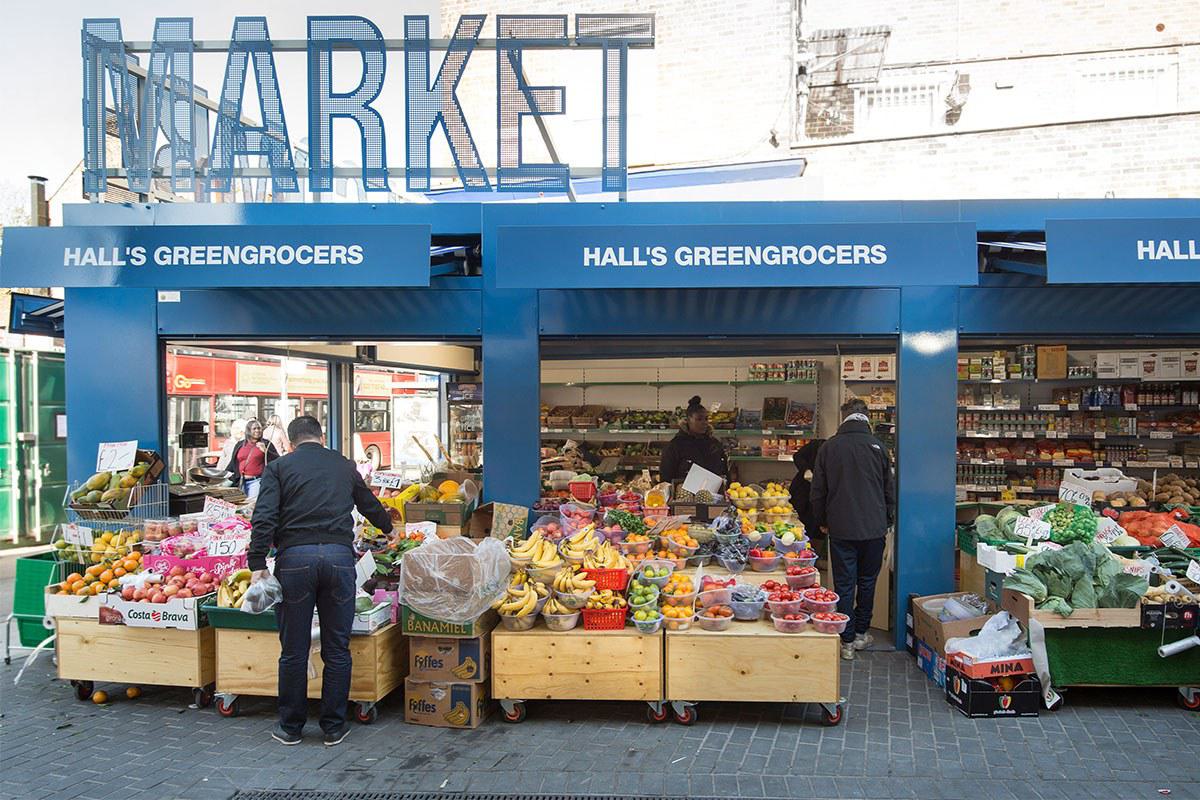
- Project deliverables
- 5 year strategy and delivery plan
- Client
- London Borough of Haringey
- Collaborators
- BBP Regeneration, Marko and Placemakers, The Retail Group, Urban Flow
- Location
- Tottenham High Road, Haringey
- Status
- Completed August 2018
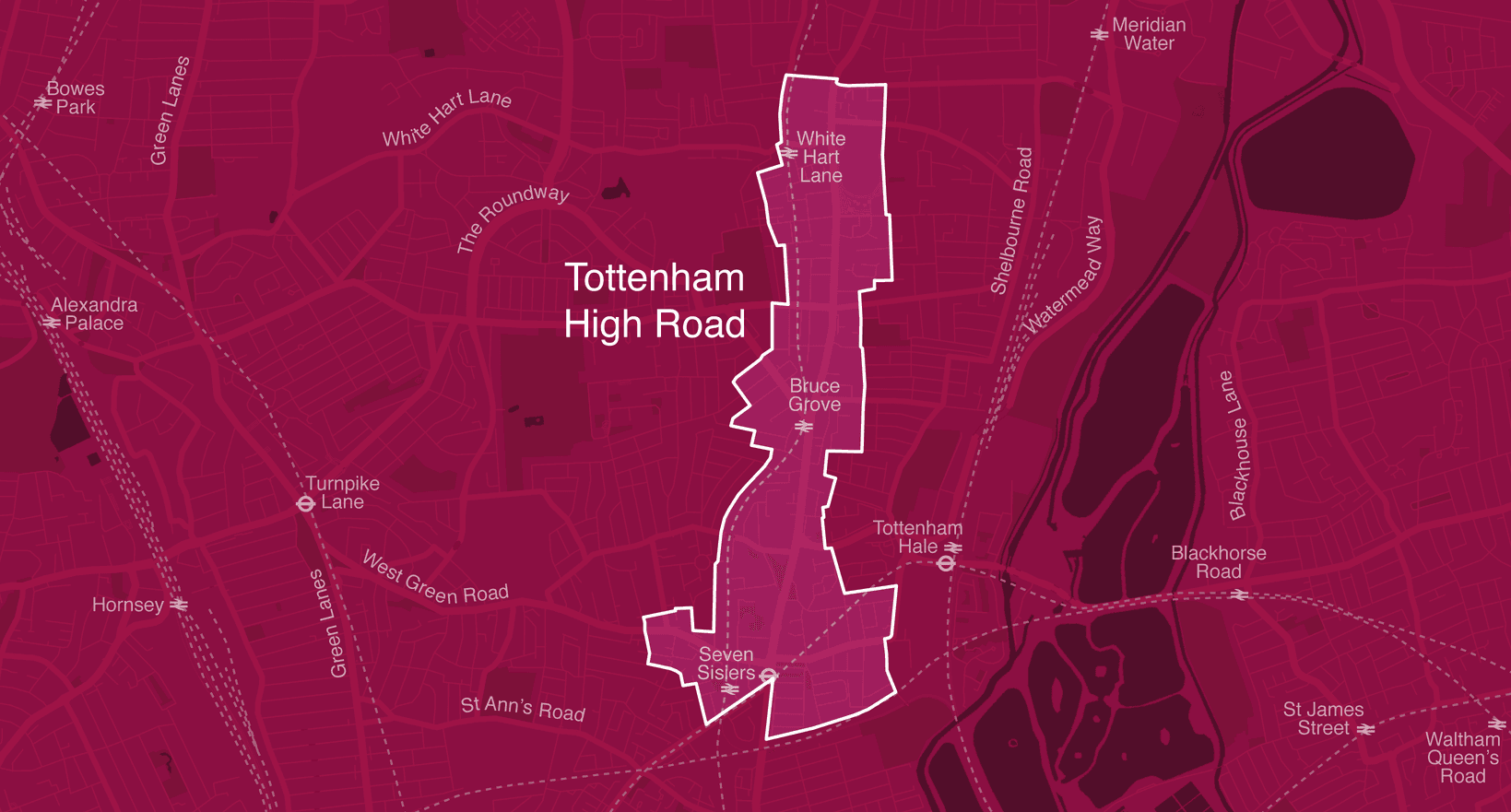
Public sector investment of over £750 million has already been secured, supporting the vision – as set out in the Tottenham Area Action Plan – to become the next great area of London.
The opportunity
Tottenham has a long and rich heritage, existing for centuries along the old Roman Road, Ermine Street. The road is the historic route to Cambridge, and represents a major strategic route. It is also the site of Tottenham’s High Road. This dual role has in the past brought benefit to the area, but is also responsible for some of its modern day issues. The decline and relocation of the manufacturing and industries that originally saw the area prosper through the 19th and early 20th century, have contributed in part to deprivation in more recent years.
Long-standing social issues – which culminated in the much publicised riots in 2011 – and the negative publicity surrounding these tensions, has only served to perpetuate a narrow view of the area in the public mind. However, with a strong sense of community, great transport links, world-famous football club, wealth of local talent and ever-growing network of businesses, today Tottenham is worthy as one of London’s largest regeneration areas.
As the main thoroughfare for life in the area, the two-and-half-mile-long High Road is home to a number of distinct centres. Appointed for our expertise in consultation and engagement, planning strategy and advice, our task was to consider the role of the High Road – identifying how it could help nurture the characteristics of the centres, support other regeneration efforts, and unlock Tottenham’s potential as an increasingly attractive place to live, work and visit.
With our expertise in consultation and engagement, planning strategy and advice, we considered the role of the High Road and identified how it could help unlock Tottenham’s potential as an increasingly attractive place to live, work and visit.
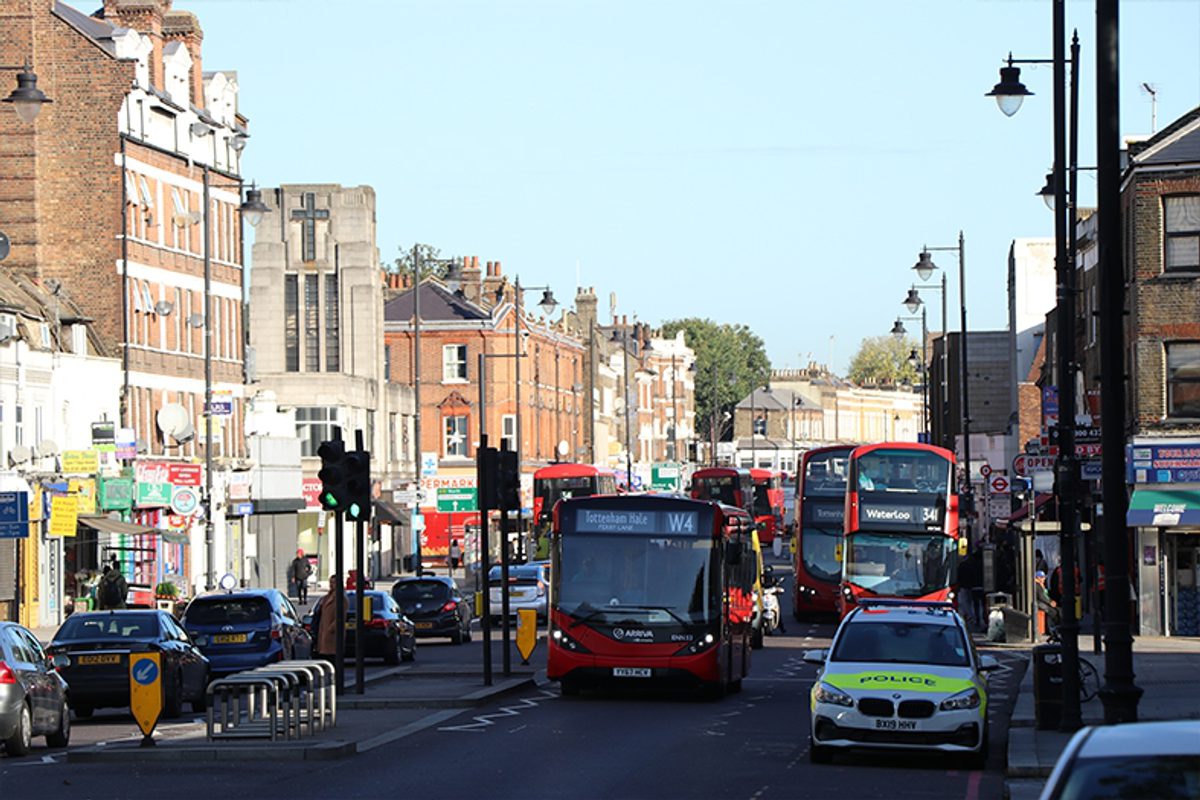
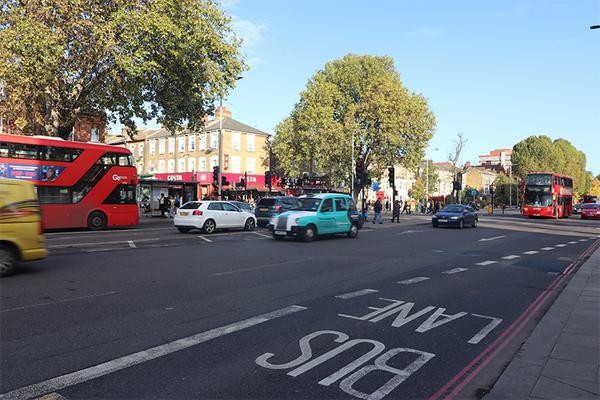
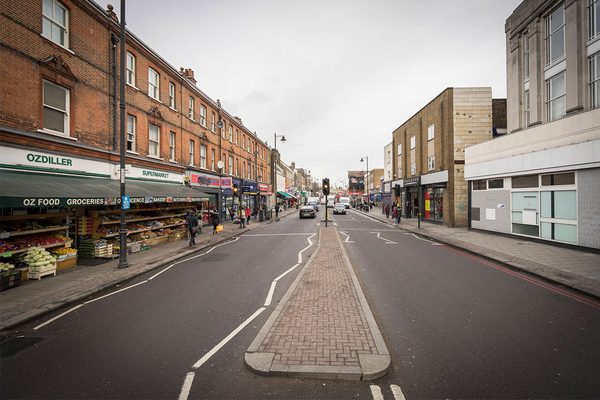
Our response
An extensive period of consultation and engagement saw us work with the local community over a period of seven months. We conducted a series of workshops, interviews, surveys and public exhibitions with both residents and businesses. This helped us gain a deep understanding of the current state of the area and future needs of its traders and consumers, its cultural and artistic presence, and the use of transport links and public spaces. It quickly emerged that there were no obvious major sites for redevelopment – and little that linked what was on offer along the road in its entirety. With this in mind, we created a coherent strategy that considered the High Road as a whole and would establish its presence as the backbone of the area.
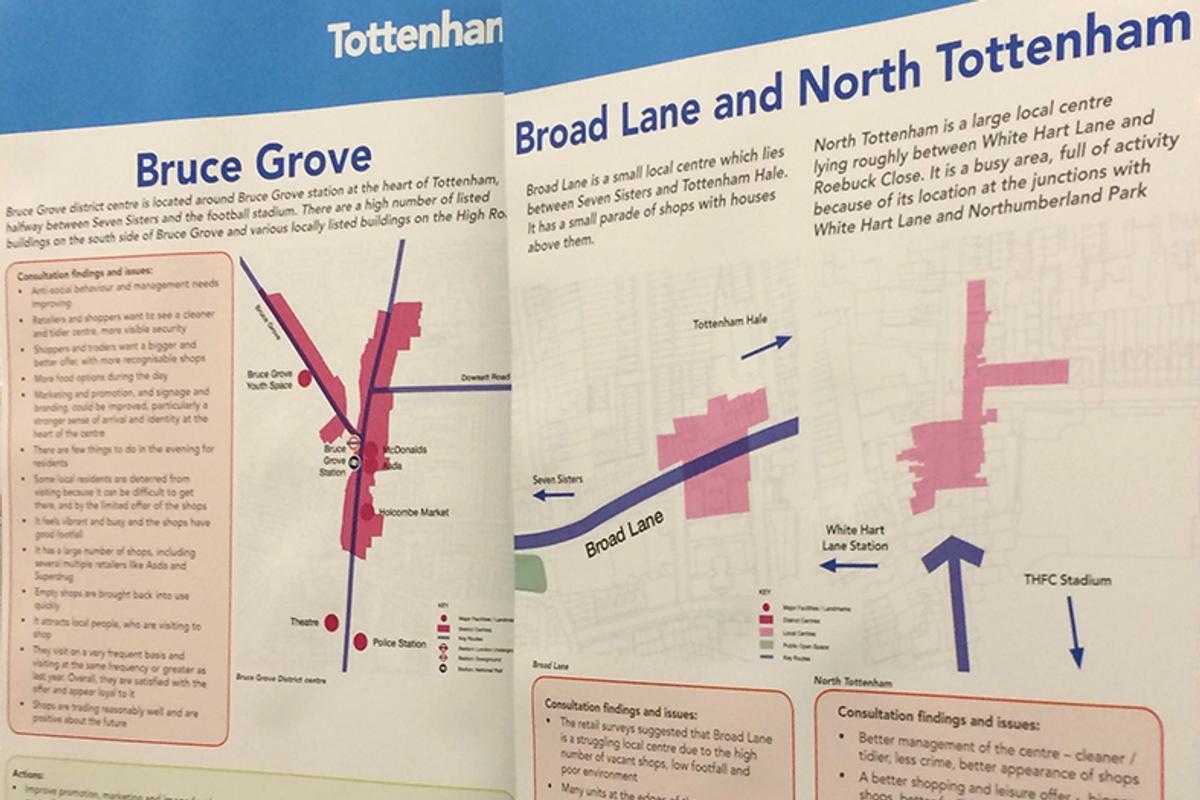
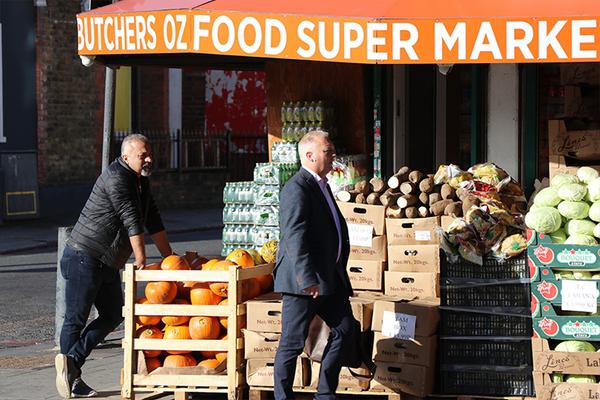
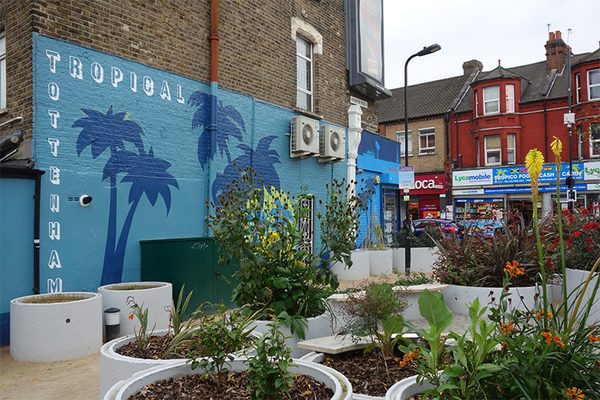
Take a look at our video
Making Tottenham High Road a more attractive, healthier, accessible, better served and sustainable place.
Ideas and actions
We delivered a five year plan focused on supporting the role of individual town centres at Seven Sisters, Bruce Grove, North Tottenham, and Broad Lane. The plan outlined each area’s current issues, along with ideas for future projects to overcome them – in the form of both transformative actions and incremental improvements. We identified where we saw real potential for opportunities to revitalise, grow and deliver improvements to retail and business, green, public and community spaces, and transport links.
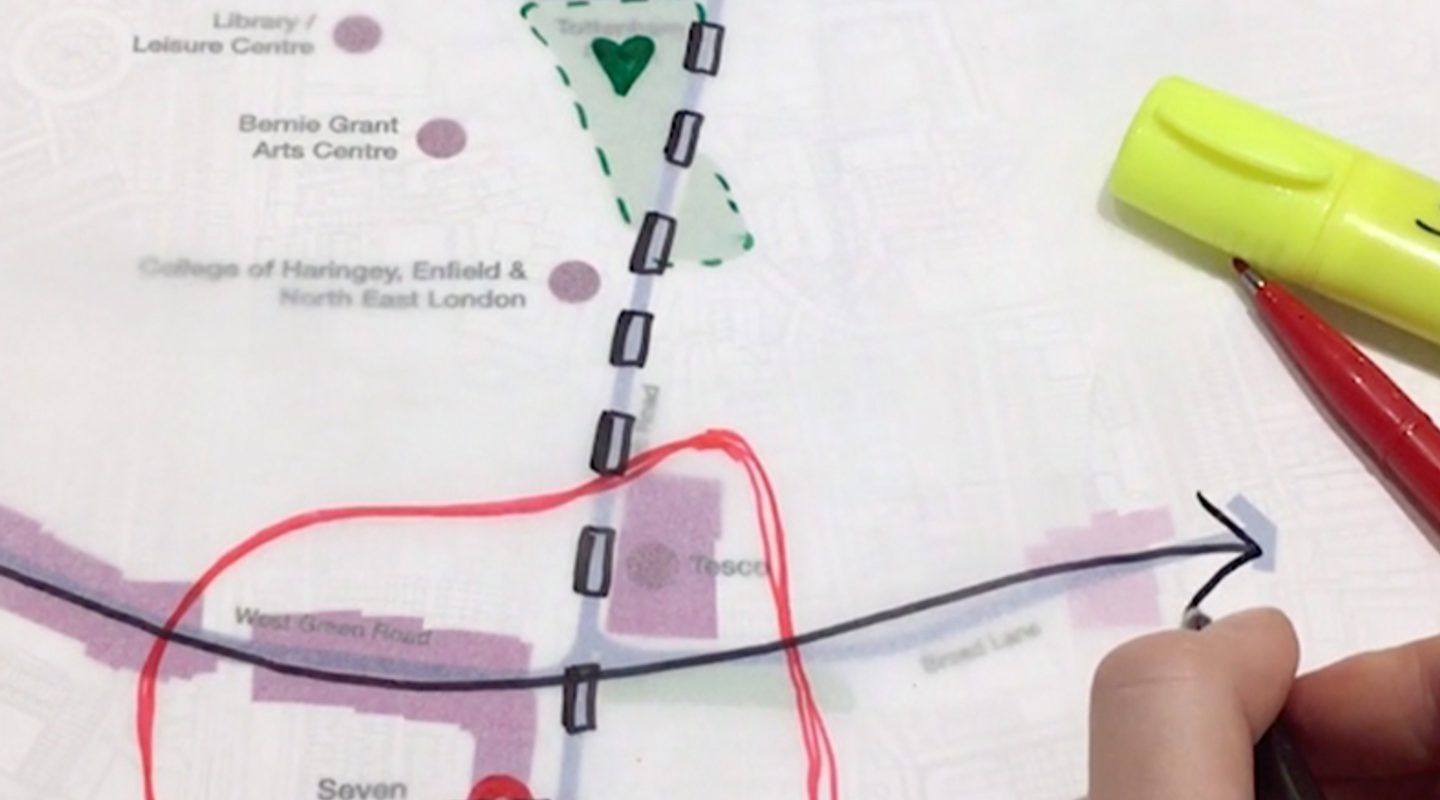
Creating movement
The majority of traffic and bus services move north to south, which is at odds with the fact that most residential areas are situated to the east and west. Movement east to west is constrained by poor routes and physical barriers, so our strategy sought to overcome these and link the open spaces off of the High Road, with the High Road itself. We proposed improvements including relocating, reducing or removing on street parking, realigning junctions and road layouts and enabling buses to access residential areas. Better wayfinding and signage, improved street lighting, new and wider pavements and the introduction of cycle routes and parking, were all suggested as ways to better connect the wider area and encourage more people to shop, meet and do business along the High Road.
Opening up green spaces
As the only green space on the High Road, Tottenham Green represents an important place for the whole community to rest and play. In order to retain its status as the civic and cultural heart of the area, we set out proposals for a number of actions. These included, improving the setting of its historic buildings, extending the already popular market, and generating a programme of events.
Working closely with TFL, environmental specialists, landscape architects and transport planners, we also prepared plans to improve open spaces close to the High Road – many of which were underused or not widely known. Our aim was to improve opportunities to walk or cycle, by creating more direct, safer and pleasant routes to local shops and services.
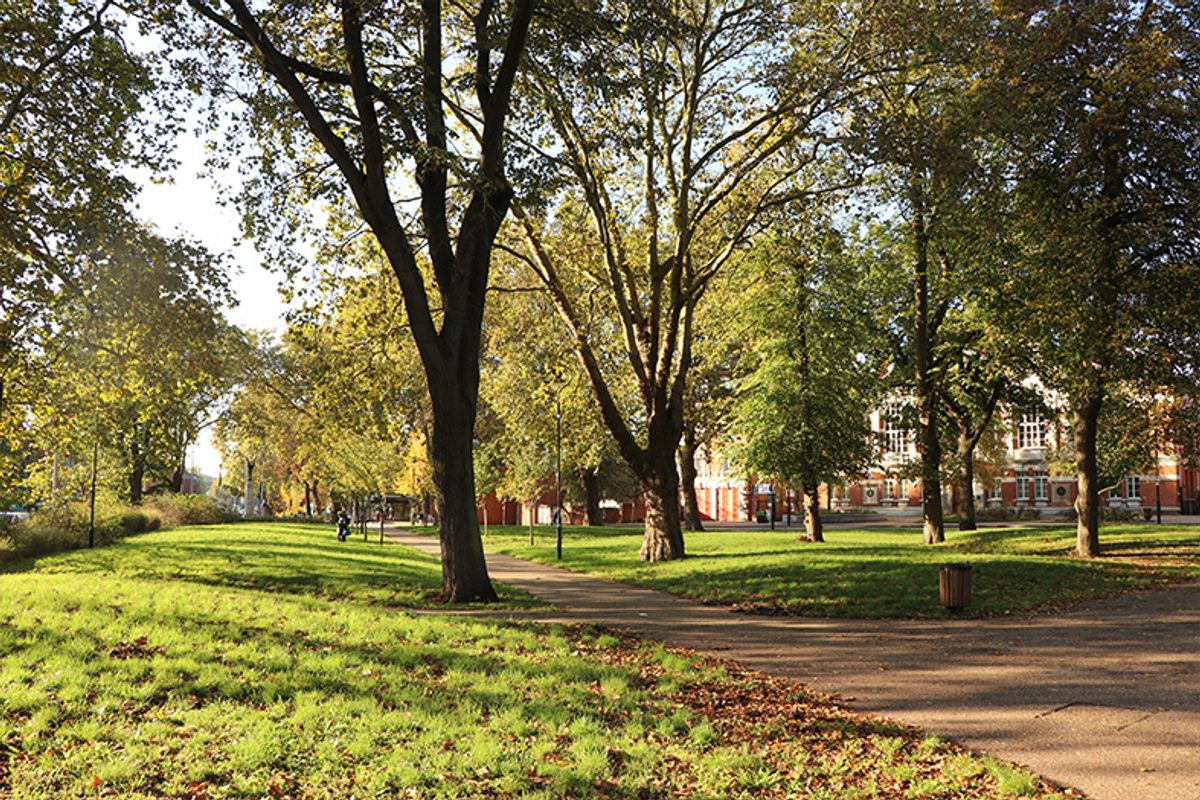
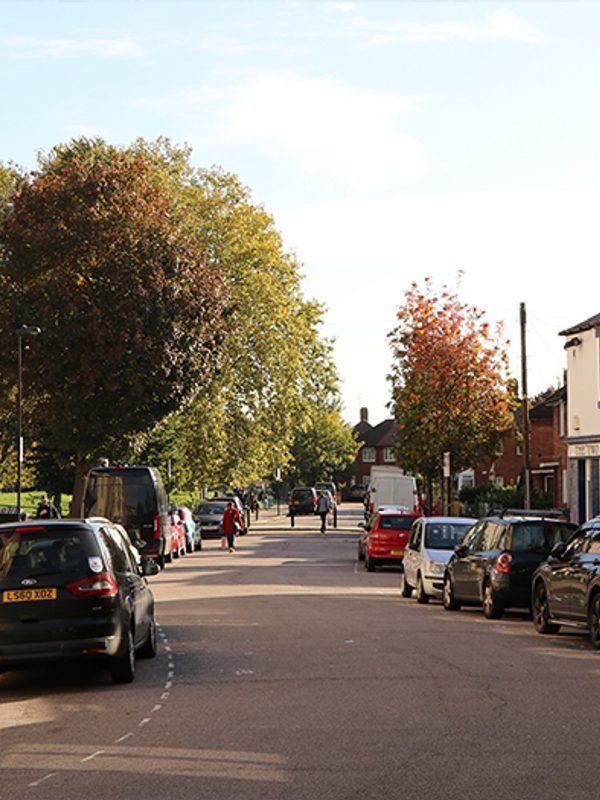
Celebrating culture and heritage
With a long and rich history, the High Road has a number of significant heritage buildings, which form an important part of Tottenham’s identity. Our strategy considered how these buildings can support the future success of the area – highlighting opportunities for improving the buildings and their surroundings, and finding new purpose for those which are vacant or underused. Initiatives and proposals included: cleaning up and lighting the facades, improving signage around important buildings, as well emphasising historic signs, and increasing the presence of public art.
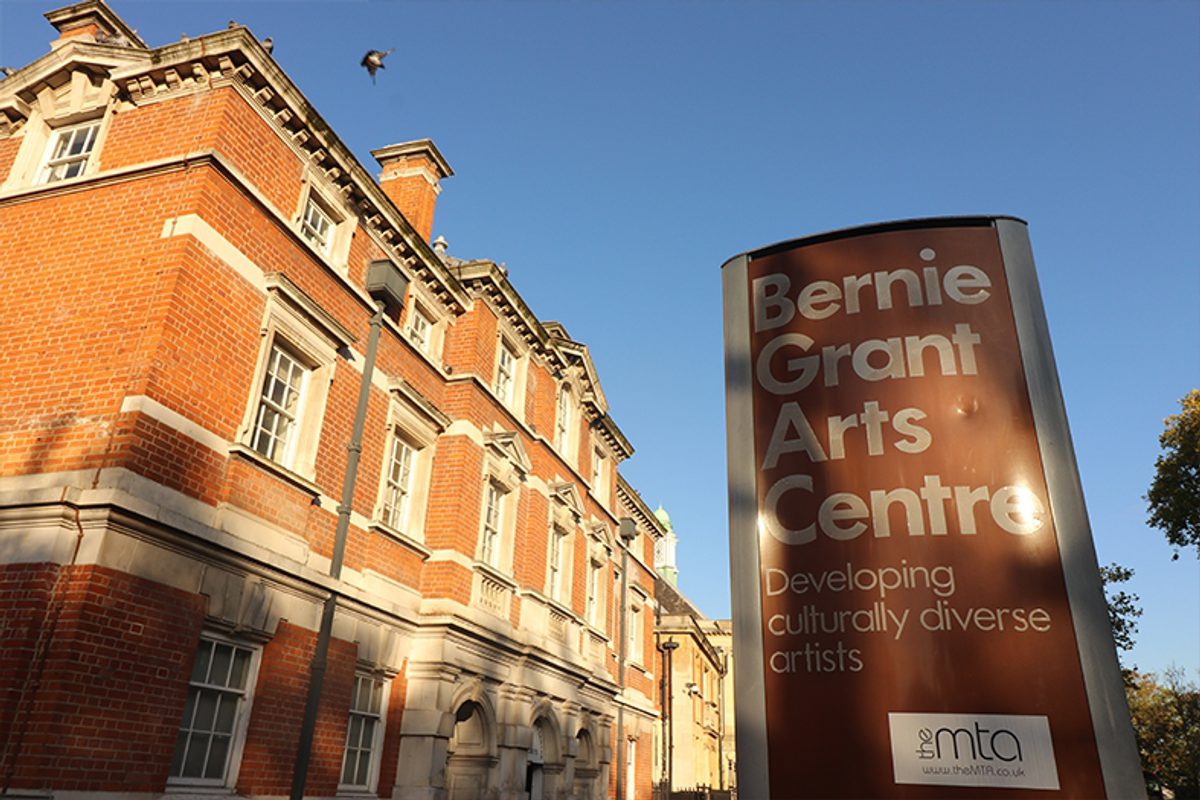
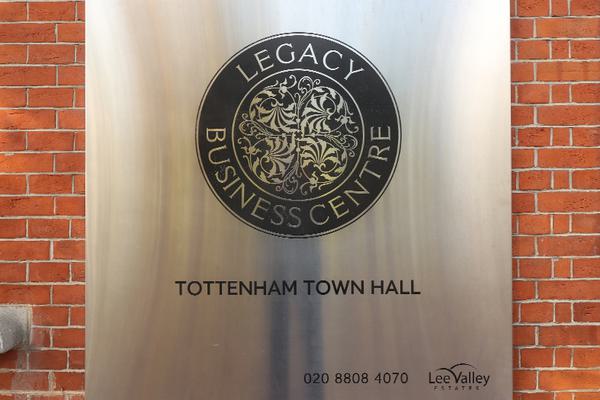
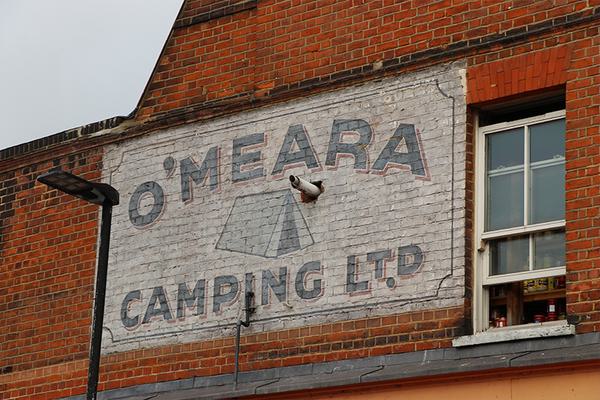
Welcoming environments – from day to night
The town centres situated along the High Road, such as Bruce Grove, were generally found to be performing well in meeting the day-to-day shopping needs of the surrounding neighbourhoods. However, consultation with residents highlighted clear areas for further improvement, along with suggestions for attracting new people to the High Road.
Our recommendations included: refreshed shop fronts and signage, decluttering of street furniture, and better marketing and promotion. Which will all help to attract both shoppers and new retailers, as well as create a greater sense of individual identity for each destination. The introduction of a more varied food and drink offer, along with steps to address antisocial behaviour issues, including more visible security, will also help to widen appeal and address the lack of an evening economy.
Enterprise and employment
With a growing number of new businesses, and a flourishing arts and culture scene, Tottenham is strong in enterprising spirit. Our strategy set out clear recommendations to nurture this. This included the implementation of better wifi services and other SMART technologies, support in developing marketing and branding initiatives, implementation of business partnership schemes, and ideas on enhancing safety and security – such as using closed circuit radio systems. We also proposed maintaining and creating affordable workspaces, as well as protected areas for commercial and industrial use. And encouraged complimentary facilities such as cafés, restaurants and bars, to capitalise on this change in the local economy – taking the opportunity to cater for employees and clients alongside local residents.
Haringey Council is happy with the work which was undertaken by Tibbalds which will help Tottenham to be a more attractive, healthier, accessible, better served and sustainable place.London Borough of Haringey
Planning for a prosperous future
Our final strategy will guide the regeneration in and around the High Road in the coming years – capturing new opportunities for bringing benefits to the local community as a whole. It is a powerful tool for creating more successful and attractive spaces to meet the needs of a growing population, and securing the long-term improvement in the area. It will enhance the public realm, physical environment and increase the vitality and variety of the High Road, building on its geographical, natural and cultural strengths.
Haringey Council will use the strategy to seek opportunities to fund and resource projects and help prioritise decisions. To date, a number of historic buildings along the High Road – such as Tottenham Town Hall – have been restored to their former glory and are in high demand by local businesses and community organisations. Tottenham Green has also enhanced its role as the civic hub for the area.
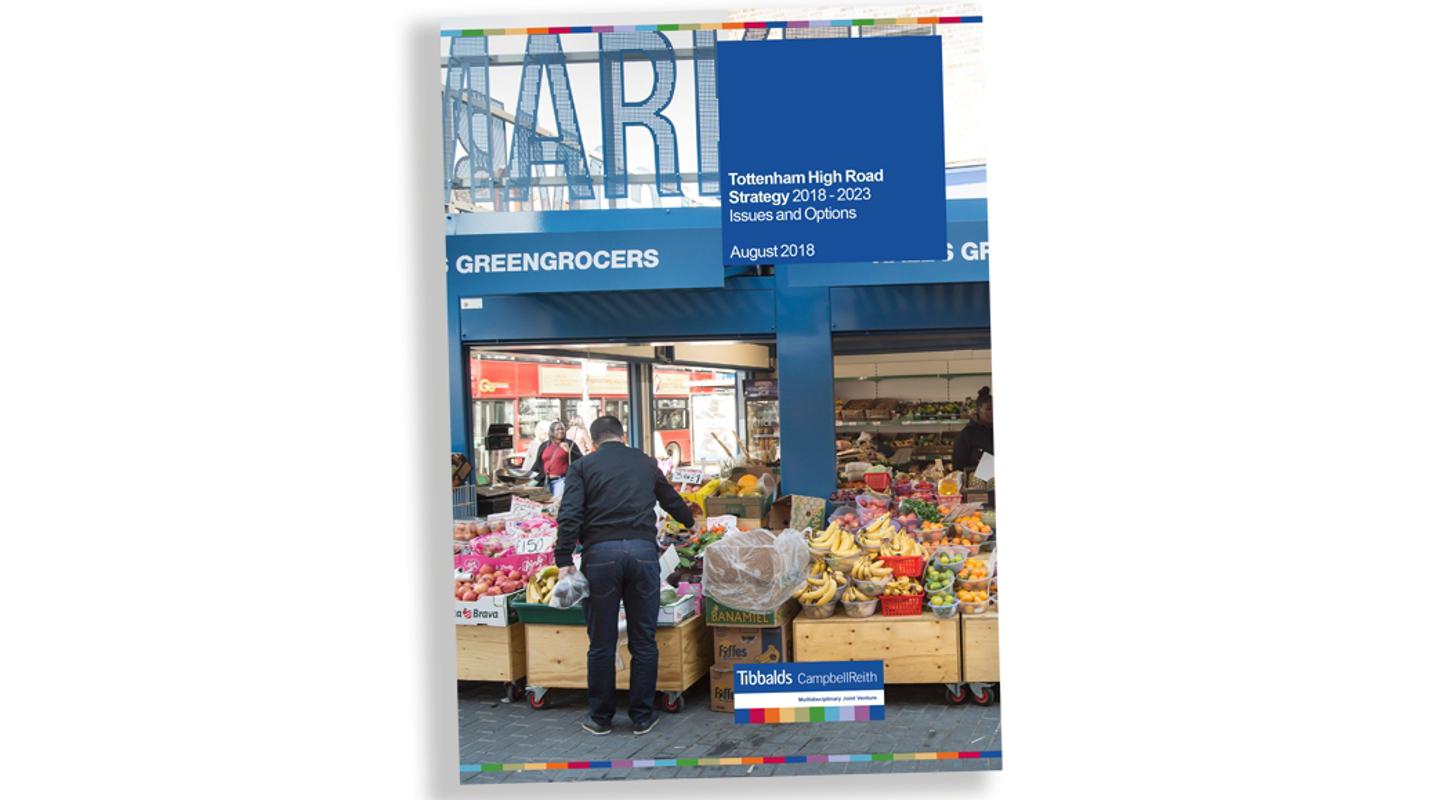
Core Team
.
-
 Katja StilleDirector
Katja StilleDirector
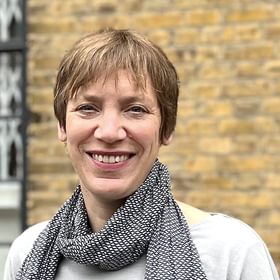
Start the conversation...
Learn more about Tottenham High Road Strategy and other projects by contacting one of our team
Call Katja on 0207 089 2121 or email katja.stille@tibbalds.co.uk